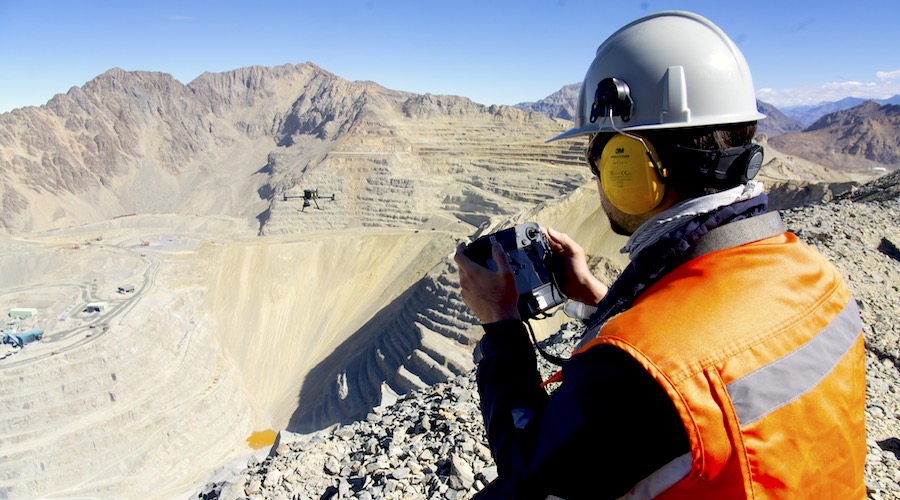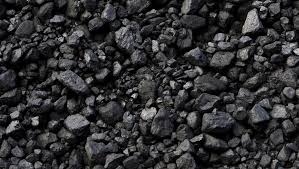INVESTMENT THESIS![]()
Following 30 years of decline, the world experienced a sustained increase in commodity prices to 2012. The last long-cycle uptrend, born at the end of the Great Depression, was driven by the rebuilding of Europe after the wars, and later on the rise of Japan to economic powerhouse status. The oil shocks of the 1970s were an effective death knell. The most recent rise, forged on the industrialisation and urbanisation of the world's most populous country, began early in the final decade of the 20th century, though the seeds were probably sown considerably earlier.
China's rise from economic obscurity sustained commodity price growth into the 21st century. Despite now accounting for the lion's share of global consumption of many commodity staples, its per capita use remains well below that of industrialised nations--the difference being China's vast population. India's near-equivalent numbers portend a lagged reinvigoration of commodity price support. Yet after more than a decade of growth the current resource boom in price terms is ended.
Positioned in the centre, BHP Billiton is the world's largest publicly traded mining conglomerate, with the wherewithal to weather the boom-and-bust cycles of the volatile commodity markets. Geographic and product diversification give BHP more stable cash flow and lower operating risk than most of its mining peers. Most revenue comes from the relative safe havens of Australia/New Zealand, North America, and Europe.
This narrow-moat company has several key advantages. It produces a range of commodities from oil and gas to nickel, and it is a major producer of iron ore, copper, thermal coal, metallurgical coal, and manganese. It also offers a full suite of conventional energy products. The company can benefit from a rally in any of its product lines. Finally, BHP is a major Australian commodity producer in close proximity to the Asian markets.
A geographically diversified customer base allows BHP to benefit from economic growth and development in any part of the world. When all major world economies are growing strongly, BHP's revenue and profits can benefit materially. With growth in demand for most of its products now softening--because of the maturing Asian economies and worldwide economic malaise--BHP has been recording far softer earnings following peak fiscal 2011 levels at USD 21.7 billion. It will likely be late decade before volume growth again has the company within sight of this earnings peak.
The good times have fortified the balance sheet. Some cash has been returned to shareholders, but the bulk of the windfall financed growth. With commodities peaked and capital costs still high, focus has shifted to fiscal discipline and grinding costs down in order to eke gains. The approach is likely to support continued growth in distributions despite commodity weakness.
It is difficult to create and protect competitive advantages while focusing on multiple commodities. With the exception of iron ore, we think BHP lacks real pricing power in its products. There is a risk that continuing to expand post peak market conditions will result in lower-than-optimal returns on investment. However, with its impressive portfolio of businesses in terms of size and scale, BHP has a narrow economic moat, in our opinion.
VALUATION
| Economic Moat | Fair value | Stewardship Rating |  |
||||
| Narrow | GBX 2.175,00 | Standard | |||||
| Moat Trend | Uncertainty | Sector | |||||
| Stable | Medium |
Consumer cyclical - retail - apparel & specialty |
|||||
BULLS
- BHP Billiton is a beneficiary of continued global economic growth and increased demand for the commodities it produces.
- BHP Billiton's cash flow base is diversified, and the company is less susceptible to the vagaries of the market than single-commodity producers.
- The company has an attractive, low-cost, long-life portfolio of expandable operations.
- Growing producer concentration is slowly tipping pricing power away from the end user and toward miners.
- Steady cash flows allow BHP Billiton to invest throughout the cycle.
BEARS
- Sovereign risk heightened following Australia's introduction of the mineral resource rent tax.
- The global economy is cooling off; demand for commodities will follow suit.
- Diversified miners' stocks always trade at discount valuations to pure plays. Investors interested in gaining exposure to a specific commodity would be better off investing in pure plays.
- BHP Billiton is subject to the long-term supply/demand balance for metals, a major factor in determining the company's profitability.
- Chinese mineral investment, for production rather than profit's sake, could erode some of the limited pricing power mining companies have recently won.
_______________________________________________________________________
Aanbevolen aandelen >
Overzicht alle aandelenanalyses
20 Tips voor het beleggen in aandelen >
Meer weten over de methodologie achter Morningstar's beoordeling en waardering van ondernemingen en aandelen?
Hoe Morningstar aandelen onderzoekt en waardeert
Morningstar's sterrenrating voor aandelen
Vragen en antwoorden bij Morningstar's aandelenonderzoek
Het uitgebreide researchrapport van dit aandeel is beschikbaar voor institutionele beleggers, vermogensbeheerders en private bankers. Voor meer informatie over de ruim 1500 wereldwijde aandelen- en creditresearchrapporten kunt u contact opnemen met Morningstar via equitysales@morningstar.com.





















